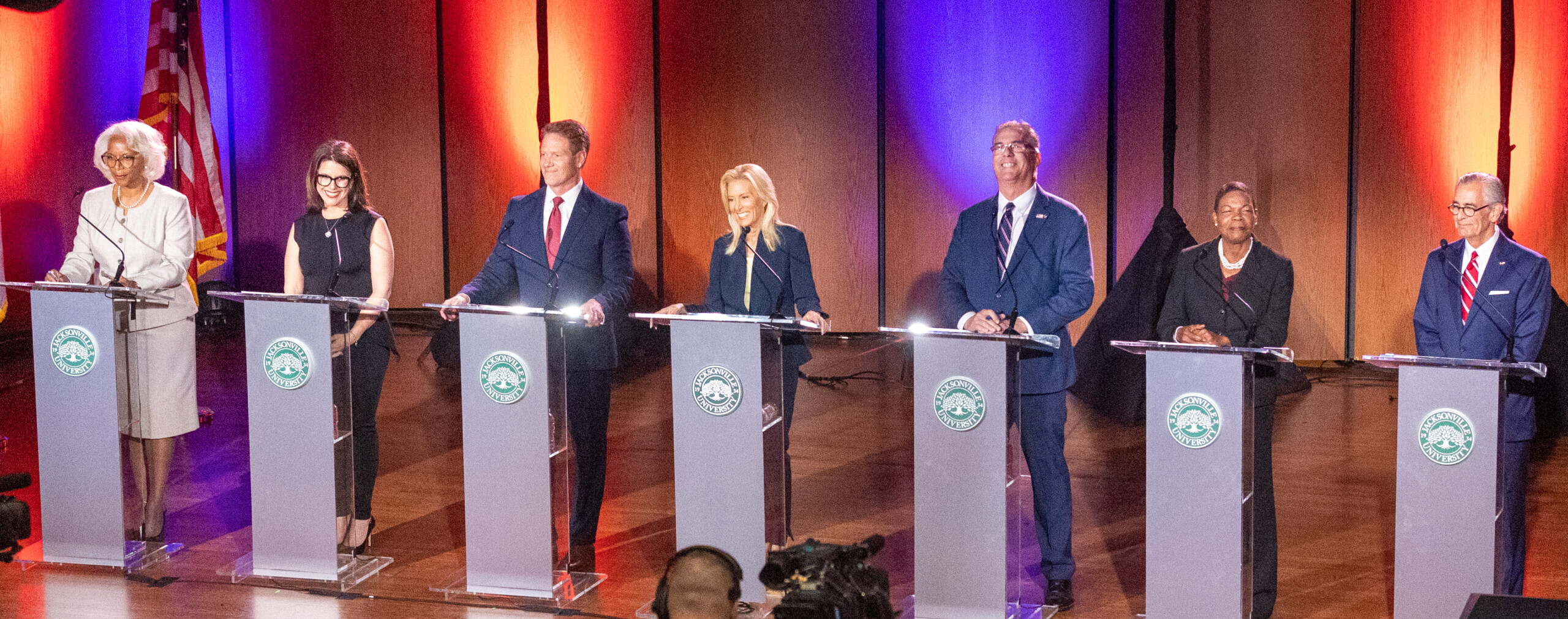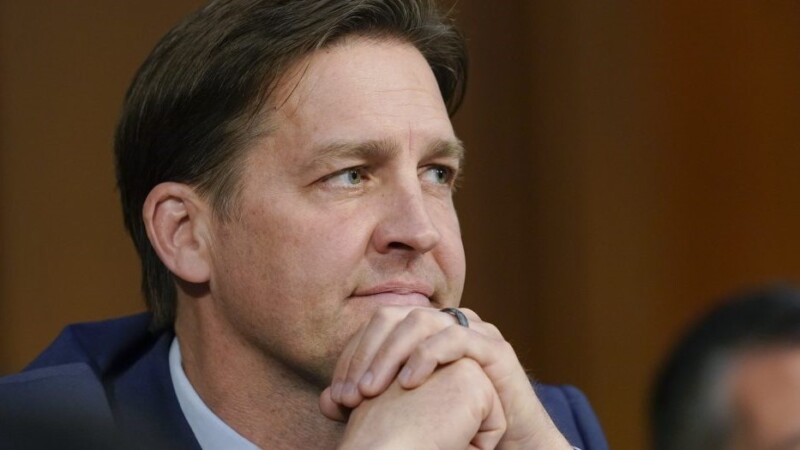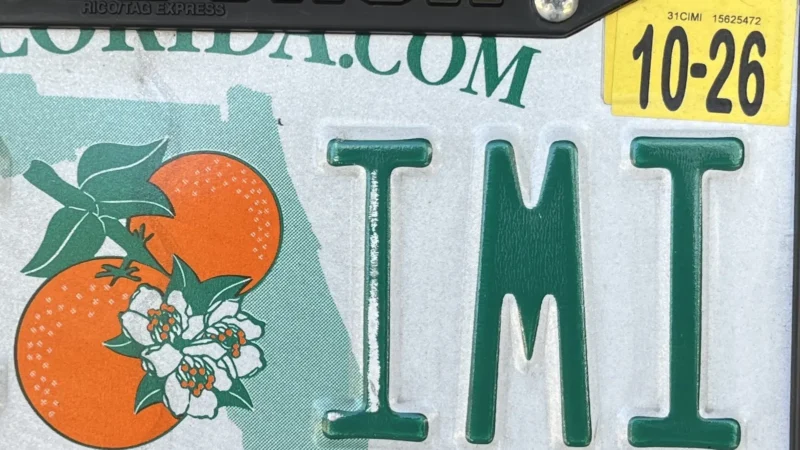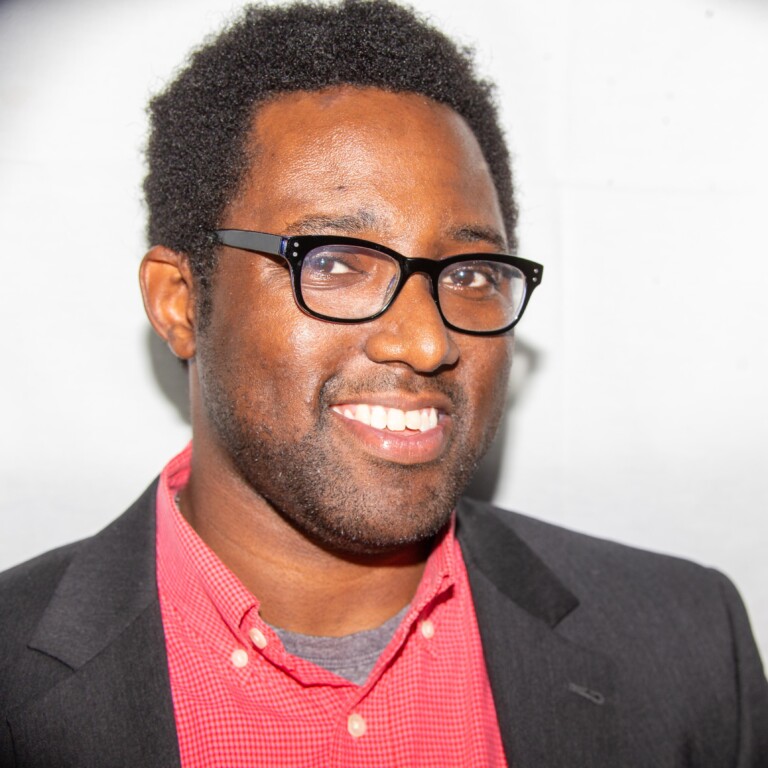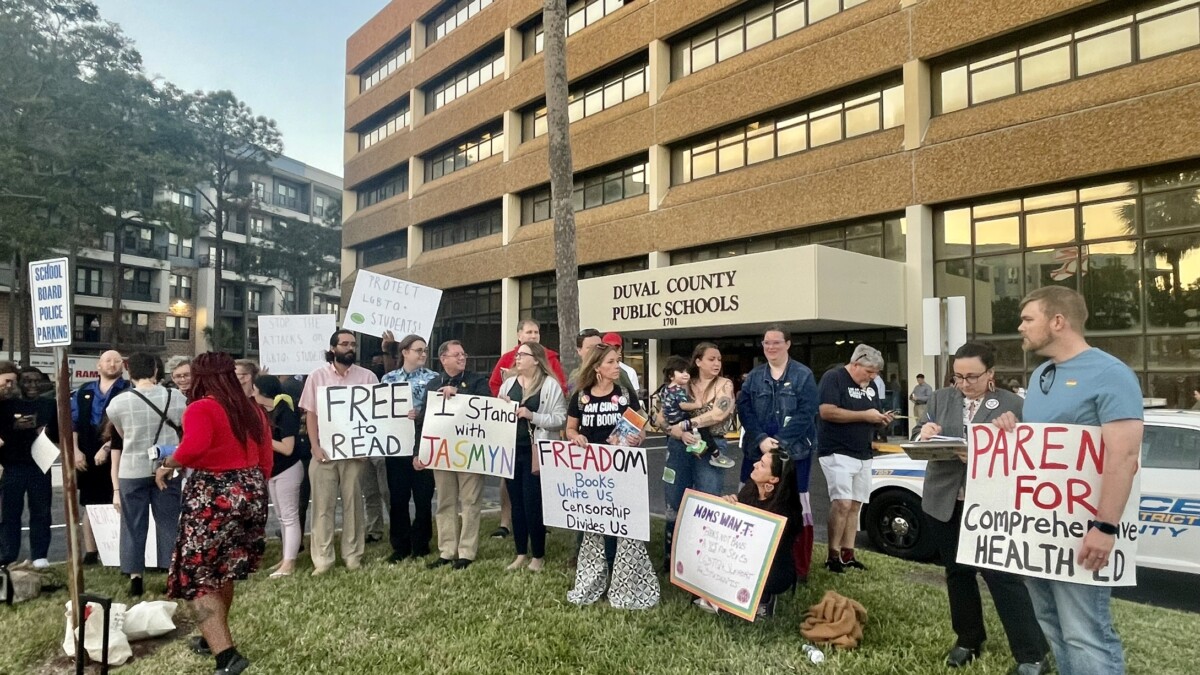All seven candidates for Jacksonville mayor cast their vision for the city’s future on Wednesday night in a debate at Jacksonville University – Omega Allen, LeAnna Cumber, Daniel Davis, Donna Deegan, Al Ferraro, Audrey Gibson and Frank Keasler.
Here’s what they had to say about infrastructure needs, their Downtown plan, and the importance of the St. Johns River to the River City:
Investing in infrastructure
The biggest difference between the septet was where and how the city should devote dollars to addressing infrastructure issues.
Cumber, a Republican on the City Council, and Gibson, a Democratic former state senator, agreed Jacksonville needs to partner with the state and federal government to win grants.
“I know there are federal dollars in the infrastructure bill that we could leverage to match money that we have in the budget for projects, as well as draw down state money to be able to mix those funds together,” Gibson said. “(We can) do more than one area at a time, that’s my bundling concept that I will plan to look into, so that there is less cherry picking and the projects get done faster across those neighborhoods – particularly (the) Northwest side.”
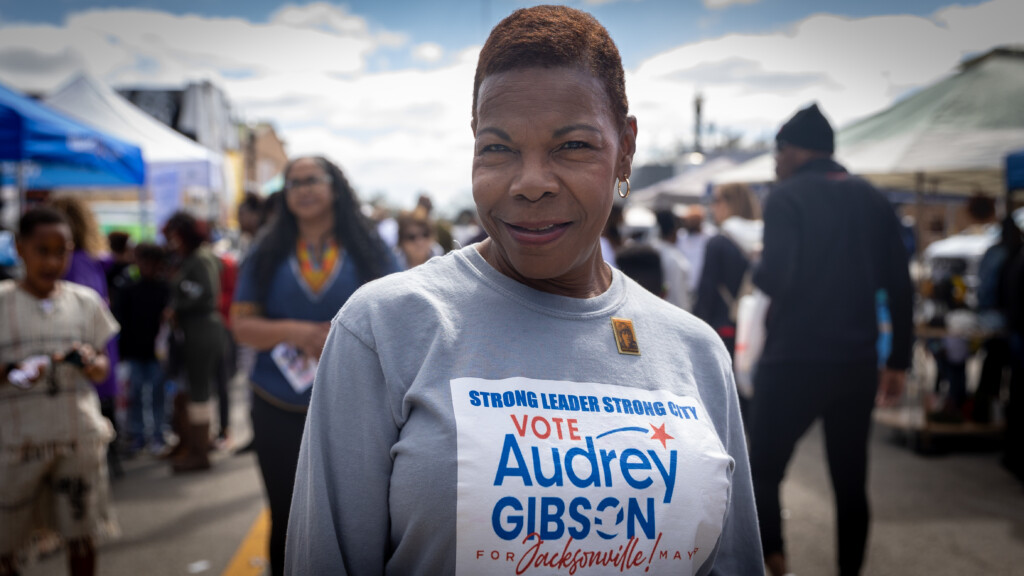
Cumber repeatedly said she did not support the city’s raising its gas tax from 6 cents to the maximum possible rate of 12 cents in 2021. Though more than $130 million of the revenues raised by that tax would fund the Emerald Trail project, Cumber says the Emerald Trail could have been funded through federal pandemic relief money instead.
“We’ve got to focus on the neighborhoods the Emerald Trail goes through because, otherwise, we’re going to have this very bifurcated situation where we have this beautiful trail, yet the neighborhoods surrounding it don’t have the infrastructure,” she said.
The Emerald Trail is planned to run through LaVilla, Lackawanna, Mixon Town, Durkeeville, Springfield and the edge of the Eastside – in addition to Downtown, Brooklyn and San Marco.
Al Ferraro, a Republican City Council member who is term-limited, says his mayoral administration would start a division within the city’s Public Works Department or JEA in order to establish a multi-decade plan.
“All these issues are problems that we’ve had from overdevelopment or roads that have been going in that have not looked at the long term of how it’s affecting our neighborhoods and our communities,” Ferraro says.
Deegan, the front runner in a recent UNF poll, and Keasler, who polled at 1% in same poll, both said their family ties to Jacksonville trace back nearly a century, and both blamed today’s issues on the “failed promises” of city-county consolidation just over 50 years ago.
“It’s time for us to look at our infrastructure, really in the order in which it has deteriorated and sort of go out in concentric circles in how we fix it,” Deegan said. “We’ve got to fix our public infrastructure if we want businesses to come to this town. Nobody wants to come to a city that’s falling apart. And, then we have to move into those neighborhoods that we have neglected for so long.”
Renovating the riverfront
Throughout the evening, Ferraro mentioned solutions for the entirety of Jacksonville and reiterated that residents alone would be his “special interest.” That theme flowed into his position on revitalizing the riverfront.
“We have a really big river. Just doing Downtown is not good enough,” Ferraro said. “We need to make it all over the city. Because we can’t have everybody going to one place. That needs to be divided out through the city.”
To Ferraro, overdevelopment around the river could exacerbate flooding issues elsewhere. Afterward, he defined overdevelopment as projects that are not congruent with the Future Land Use Map of a particular area. Not adhering to the map has knock-on effects for Jacksonville’s waterways, he said.
Cumber, who was polling fifth in the February poll despite having spent multiple millions in advertising, says investment in marinas and piers would help create a vibrant Downtown.

Davis, a former City Council member and legislator who is currently the CEO of the JAX Chamber, rebuked Cumber by saying boats are great, but the average citizen does not care about additional boating access.
“We’ve created parks and park opportunities, but we have to execute on those,” Davis says. “And, we have to be able to draw people to the riverfront with development that invites people to be able to enjoy the river, not shuts them off from it.”
Developing Downtown
Jacksonville is one of 30 NFL cities. It is routinely compared to Nashville and Indianapolis — not solely in a sporting sense, but in terms of population and economic development. What Nashville and Indianapolis have that Jacksonville does not is a dense downtown area that is walkable.
Davis says Downtown development would be a priority of his administration because, he believes, it would attract additional talent to Jacksonville. “I think rooftops are what cause retail and restaurants to thrive,” Davis says. “We have to create rooftops to make sure that we have a vibrant Downtown.”
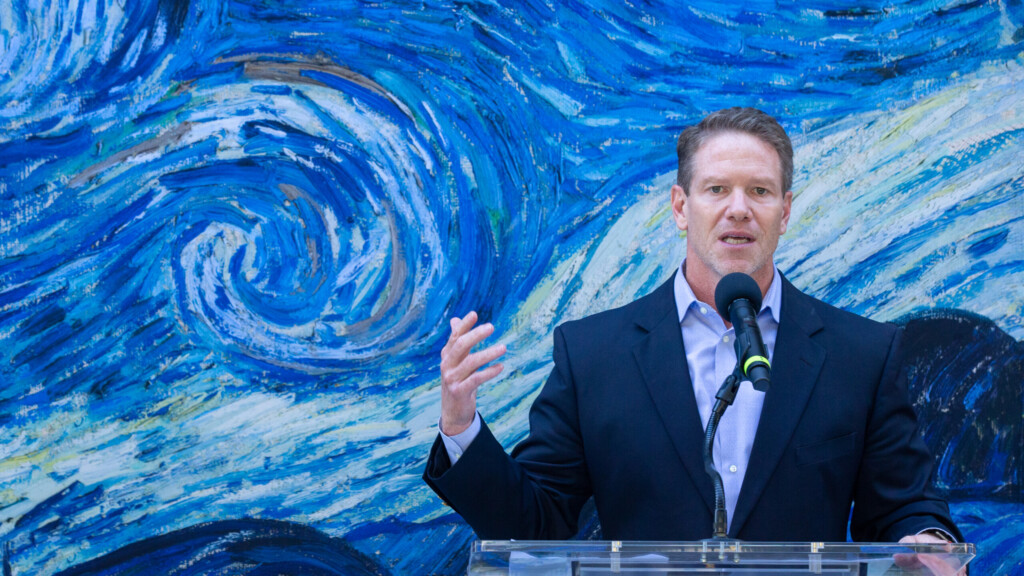
Cumber noted there is no city within 300 miles of Jacksonville where I-95 runs through the heart of Downtown. While that proximity has helped make Jacksonville a logistics hub, she says “the bureaucracy that you have to go through to do anything Downtown – whether it’s open a small business or develop, is simply insane.”
Cumber’s solution is revamping the permitting process to ease development in Downtown Jacksonville.
As for the two Democrats in the race, Deegan said addressing resiliency issues is “something we absolutely must do to survive as a city, but also to have a successful Downtown.” She added small businesses must be part of the Downtown solution.
Gibson said a vibrant Downtown will spur tourism.
“Our Downtown needs more cultural venues, more restaurants, perhaps more high-end shopping and those things that attract people there and will attract visitors to Jacksonville to leave money,” Gibson said.
Gibson, the daughter of two local educators, recalled a more vibrant Downtown and says revitalizing that portion of the city would allow for the city to eventually invest in development elsewhere.


